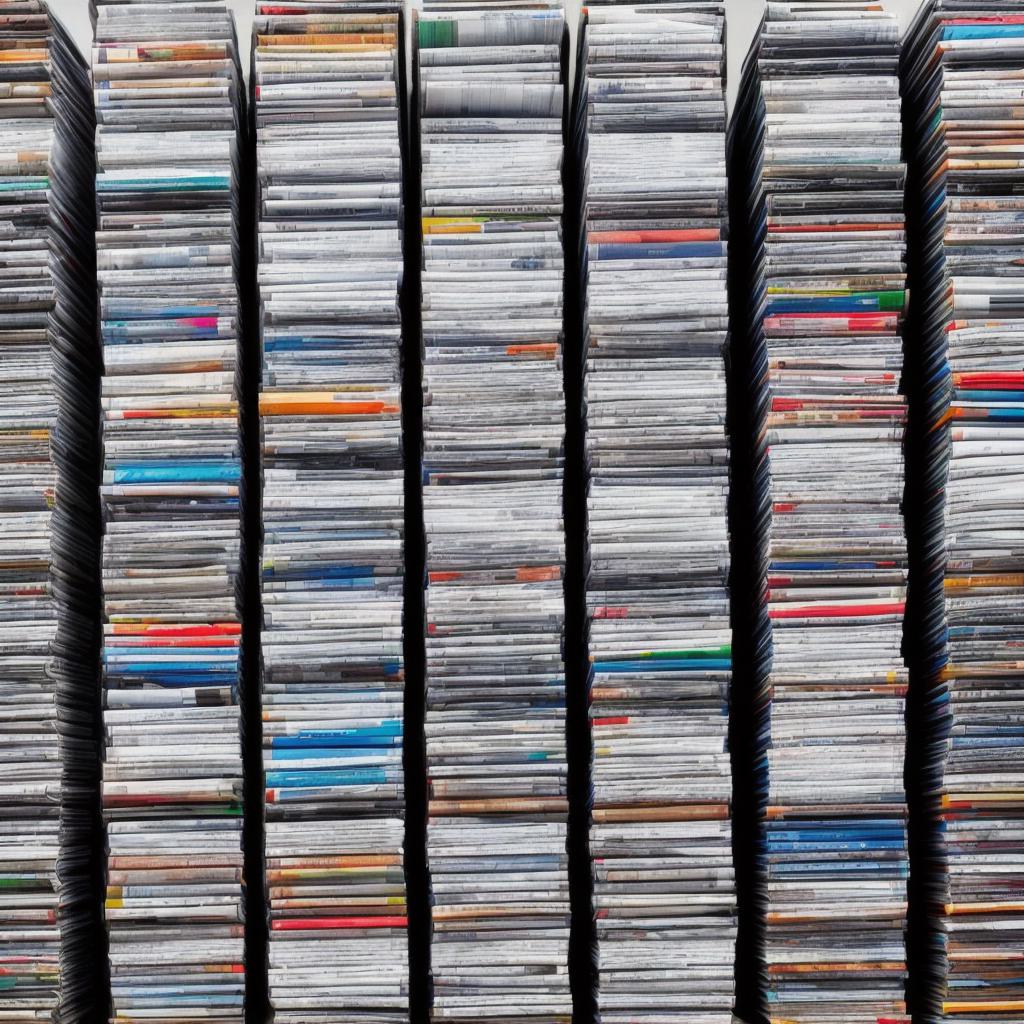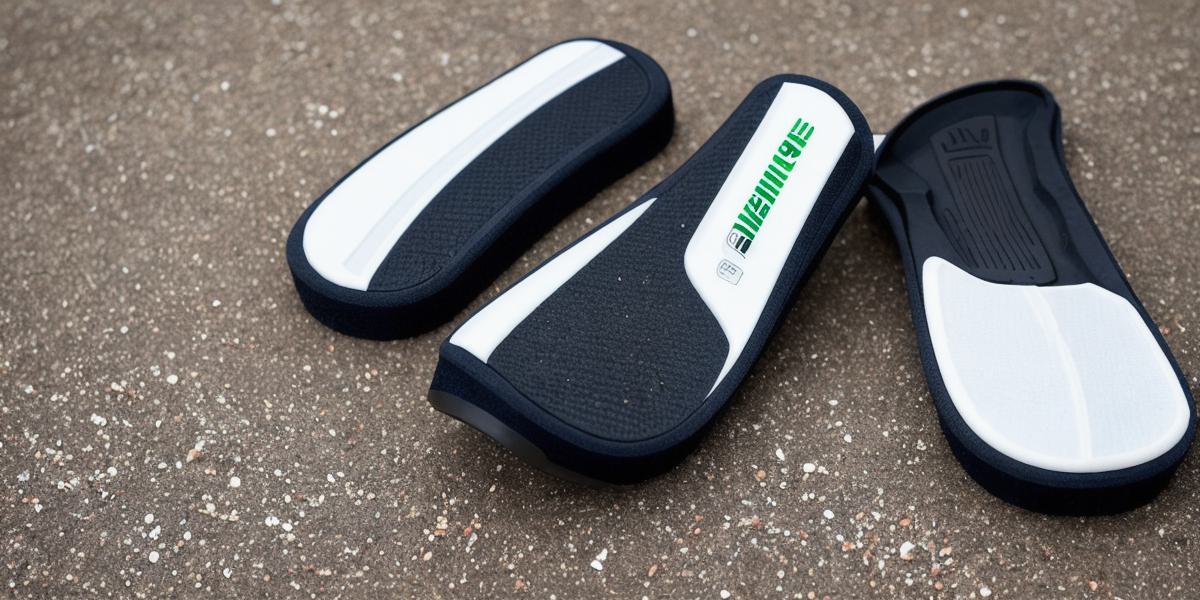As the world becomes more aware of the need for sustainability, many people are looking for ways to reduce their impact on the environment. One way to do this is by recycling old items. In this article, we will discuss how you can recycle a variety of items and make a positive impact on the planet.
What Items Can You Recycle?
There are many items that you can recycle, including:
- Paper: This includes newspapers, magazines, office paper, and cardboard boxes.
- Plastic: This includes plastic bottles, containers, and bags.
- Glass: This includes glass bottles and jars.
- Metal: This includes aluminum cans and steel tins.
- Electronics: You can recycle old phones, computers, and other electronic devices.
- Clothing: You can donate or repurpose old clothes instead of throwing them away.
How to Recycle Old Items
Now that you know what items you can recycle, it’s time to learn how to do it properly. Here are some steps you can take:
- Research your local recycling program: Each city and town has different rules and regulations for recycling. Make sure to research your local program to find out what types of items they accept and how they should be sorted.
- Sort your items: Once you know what your local program accepts, sort your items accordingly. For example, you will need to separate paper from plastic and metal from glass.
- Take your items to the appropriate location: Depending on your local program, you may need to take your items to a specific location, such as a recycling center or a drop-off point at a grocery store.
- Repurpose or donate: If possible, try to repurpose old items before throwing them away. For example, you can use old t-shirts to make a tote bag or donate clothing to a local charity.
The Benefits of Recycling
Recycling has many benefits for the environment. Here are just a few:
- Reduced waste: By recycling, you are reducing the amount of waste that ends up in landfills and helping to conserve natural resources.
- Energy savings: Recycling requires less energy than producing new products from raw materials.
- Job creation: The recycling industry creates jobs and supports local economies.

Real-Life Examples of Recycling
To illustrate the benefits of recycling, here are some real-life examples:
- In 2018, the United States recycled enough paper to cover 75 million trees. This helped conserve over 17 million acres of forestland.
- In 2019, China recycled over 40 million tons of plastic, saving enough energy to power over 10 million homes for a year.
- Many companies are now using recycled materials in their products. For example, Patagonia uses recycled polyester in its clothing and accessories.
FAQs
Here are some frequently asked questions about recycling:
- Can I recycle used batteries? Yes, many cities and towns have special programs for disposing of batteries. Check with your local recycling program to find out what they accept.
- What happens if I don’t recycle? If you don’t recycle, the items you throw away will end up in landfills, where they can take hundreds of years to decompose. This can lead to pollution and contribute to climate change.
- Is it better to buy new or recycled products? It is generally better to buy recycled products, as this helps to reduce waste and conserve natural resources. However, not all products are readily available in recycled form, so you may have to make some sacrifices.



